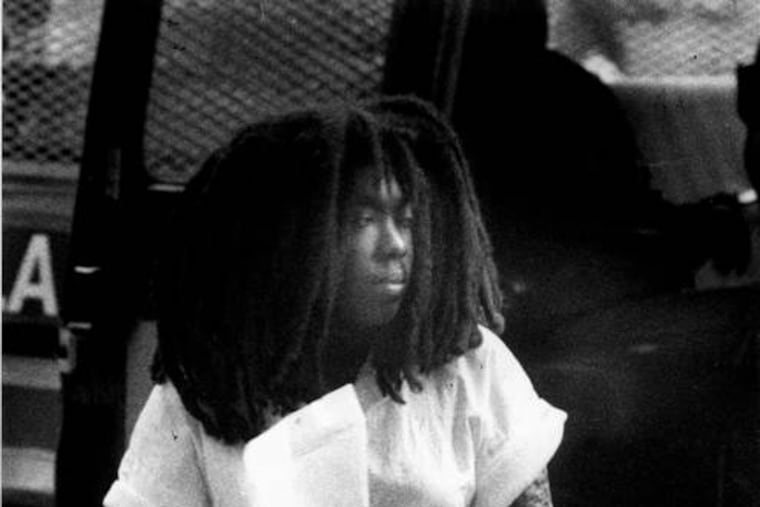Decade After MOVE Bombing, Group Remains Angry Despite Quieter Presence
Ten years following a devastating siege and fire that demolished their compound on Osage Avenue in West Philadelphia, the radical group MOVE has reemerged as a quieter, yet still determined entity. With their new headquarters located on Kingsessing Avenue, MOVE has shifted perceptibly towards a more domesticated existence, featuring amenities such as a washing machine, refrigerator, and television. Local residents observe the group’s members engaging in everyday activities, such as grocery shopping and community meetings, signaling a change in their public profile.
Despite this apparent adaptation to normality, MOVE remains steadfast in its demands for the release of nine imprisoned members. Convicted for the 1978 murder of a Philadelphia police officer, their earliest potential release date is set for 2008. The emotional scars run deep for many in the organization, particularly for members like Consuewella Africa, who lost two daughters in the infamous 1985 bombing during the city’s standoff with the group. The sentiment of bitterness and anger persists among former members, including those recently released from prison, reaffirming that the fight for justice remains at the organization’s core.
Although the group’s former prominence has waned, their ideological commitment appears unyielding. Ramona Africa, the lone adult member to survive the 1985 bombing, continues to lead MOVE’s legal battles and public advocacy, emphasizing the necessity to rally for those still imprisoned. Her visibility has grown in academic circles, where she shares MOVE’s narrative of injustice.
Nevertheless, the group’s activities are now less conspicuous. Community members note a decline in the fiery rhetoric that once characterized MOVE’s public appearances. Instead, the organization is viewed by some as having integrated into the community, albeit with underlying tensions. The recent protests involving family members of imprisoned MOVE affiliates have reignited fears associated with the group’s past.
As MOVE maintains its legal efforts—hiring an attorney for the nine imprisoned members—their future remains uncertain. While the passage of time has led to a seemingly quieter existence, the underlying issues that defined MOVE’s radical activism continue to resonate. The group finds itself at a crossroads, grappling with the historical weight of its past and the challenges of seeking justice for its members. The legacy of conflict, alongside ongoing grievances, serves as a poignant reminder of a time marked by strife and resistance.






